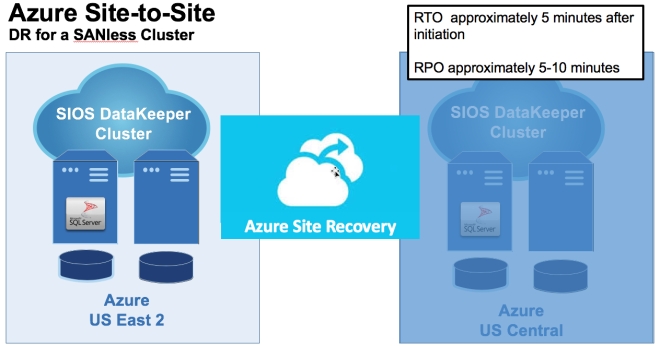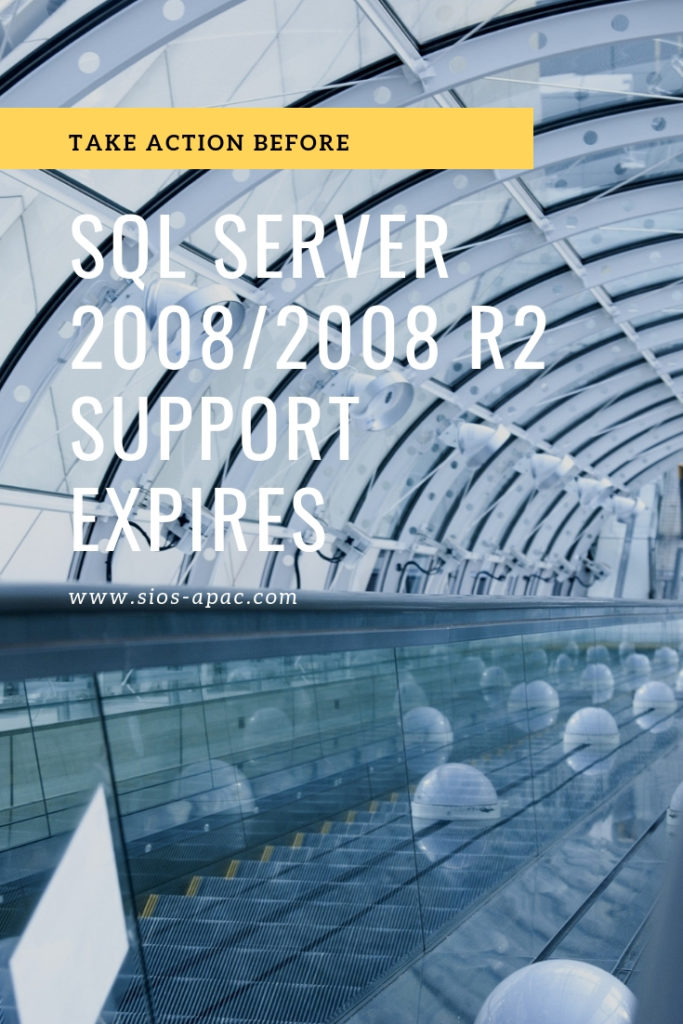Tick Tock…6 Months Until SQL Server 2008/2008 R2 Support Expires Unless You Take Action
Still running SQL Server 2008/2008 R2? You probably have heard by now that as of July 9, 2019, you will no longer be supported. Microsoft has offered two options to provide extended security updates for an additional three years for customers that are still running on this platform and not able to upgrade to the newer version of SQL before the deadline.
First Option
To prevent SQL Server 2008/2008 R2 Support Expires before you are ready, the first option you have requires the annual purchase of “Extended Security Updates”. Extended Security Updates will cost 75% of the full license cost annually. It also requires that the customer is on active software assurance, which is typically 25% of the license cost annually. So effectively, to receive Extended Security Updates you are paying for new SQL Server licenses annually for three years, or until you migrate off SQL Server 2008/2008 R2.
Second Option
However, there is another second option before your SQL Server 2008/2008 R2 Support Expires. Microsoft has announced that if you move your SQL Server 2008 R2 instances to Azure, you will receive the Extended Security Updates at no additional charge. There is of course the hourly infrastructure charges you will incur in Azure. And additionally either the cost of pay as you go SQL Server instances or the Software Assurance charges if you want to bring your existing SQL licenses to Azure. But that cost includes the added benefit of running in a state of the art cloud environment. This opens up opportunities for enhanced performance and HA/DR scenarios that you may not have had available on premise.
An Array Of Options
Azure offers many different options in terms of CPU, Memory and Storage configurations. If you are looking for a server or storage upgrade, or your existing on-premise infrastructure was reaching a refresh cycle, now is the perfect time to dip your feet into the Azure cloud and upgrade your performance and availability at the same time as extending the life of your SQL Server 2008/2008 R2 deployment.
99.99% SLA
In terms of high availability and disaster recovery configurations, Azure offers up to a 99.99% SLA. To qualify for the SLA, you must leveraging their infrastructure appropriately. Even then, the SLA only covers “dial tone” to the instance. It is up to you to ensure SQL Server is highly available, which is traditionally done by building a SQL Server Failover Cluster Instance (FCI). Azure has the infrastructure in place which enables you to configure a SQL Server FCI. But due to the lack of cluster aware shared storage in the cloud, you will need to use SIOS DataKeeper to build the FCI.
Benefits Of SIOS DataKeeper
SIOS DataKeeper takes the place of the shared storage normally required by a SQL Server FCI. Instead it allows you to leverage the any NTFS formatted volumes that are attached to each instance. SIOS keeps the volumes replicated between the instances and presents the storage to the cluster as a resource called a DataKeeper Volume. As far as the cluster is concerned the DataKeeper Volume looks like a share disk, but instead of controlling SCSI reservations (disk locking), it controls the mirror direction ensuring writes occur on the active server and are synchronously or asynchronously replicated to the other cluster nodes. The end user experience is exactly the same as a traditional shared storage cluster. Although under the covers, the cluster is leveraging the locally attached storage instead of shared storage.
Different Racks
In Azure your cluster nodes can run in different racks (Fault Domains), data centers (Availability Zones), or even in different geographic regions. SIOS DataKeeper supports all three options: Fault Domains, Availability Zones or cross Region replication to cover both HA and DR requirements. Similar configurations are also possible in the AWS and Google Cloud.

With Azure Site Recovery (ASR) you can replicate standalone or clustered instances of SQL Server between Region Pairs, without the headache and expense of managing your own disaster recovery site. Of course SQL Server seldom lives alone. Hence, at the same time you move your SQL Server instance to Azure you probably want to move your application servers there as well to also take advantage of the performance and availability upgrades available in Azure. Combining SIOS DataKeeper for HA and ASR for DR provides a cost effective HA and DR strategy that would have been impossible, or extremely expensive to implement on premise with SAN replication and your own DR site.

Get Started
While it only takes a few minutes to spin up a SQL Server instance in Azure, I wouldn’t wait until the last minute to do your migration. Please take the next few months to become familiar with Azure, start doing some testing, and then plan to migrate your workloads well before the July 9, 2019 expiration date. Running SQL Server after that date leaves you susceptible to any new security threats and also puts you out of compliance. Your boss, and more importantly your customers, will be glad to know that their data is still secure, available, and in compliance once you migrate your workload to Azure.
Enjoy tips like figuring what to do after SQL Server 2008/2008 R2 Support Expires, here are more great posts to read
Reproduced with permission from Clusteringformeremortals.com
